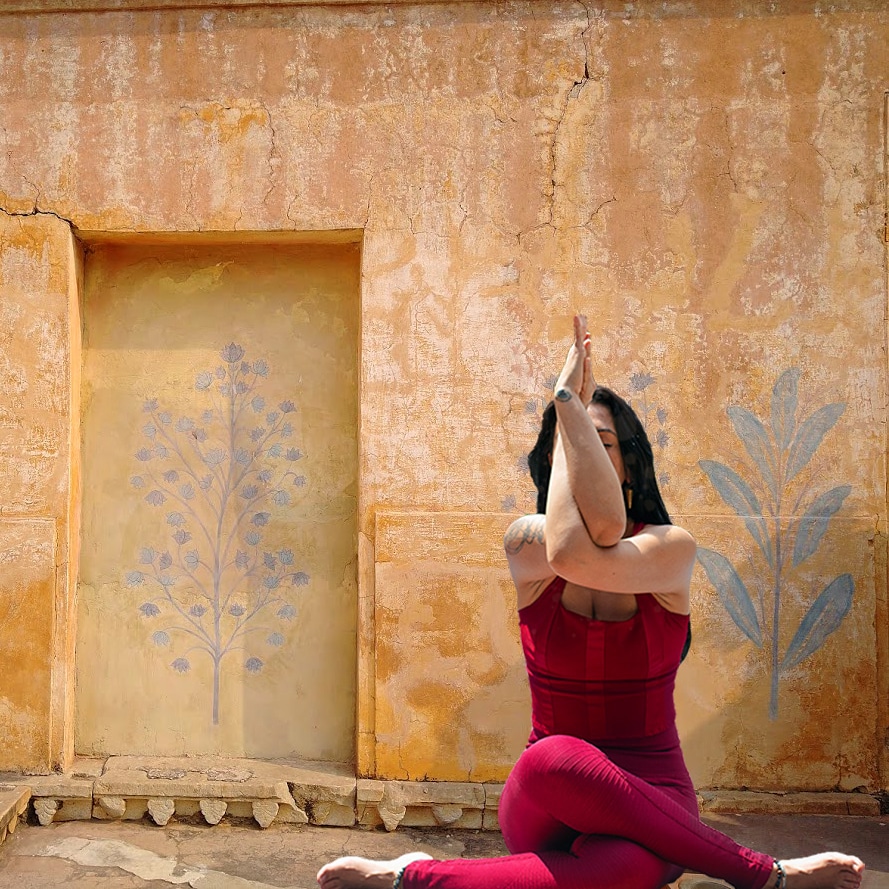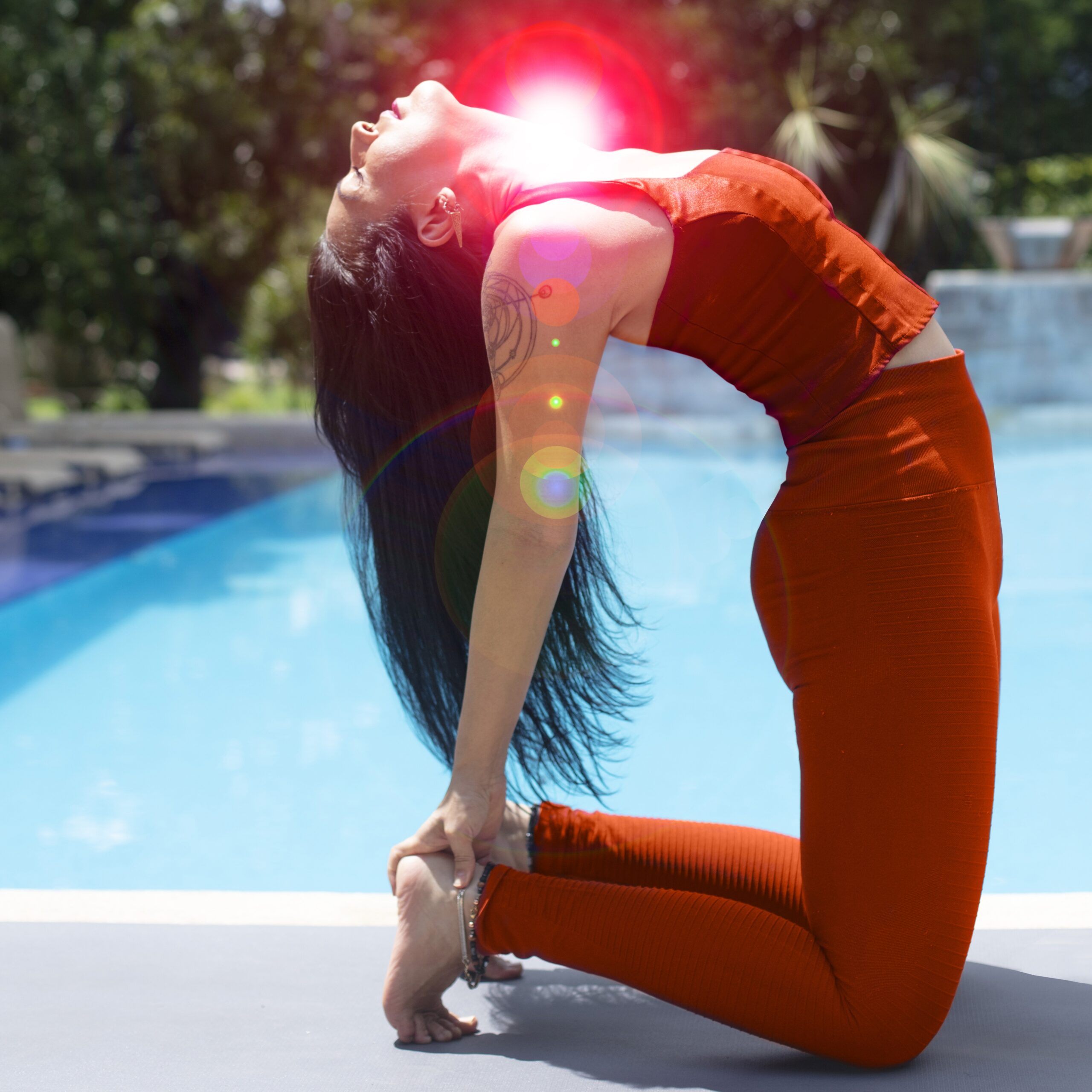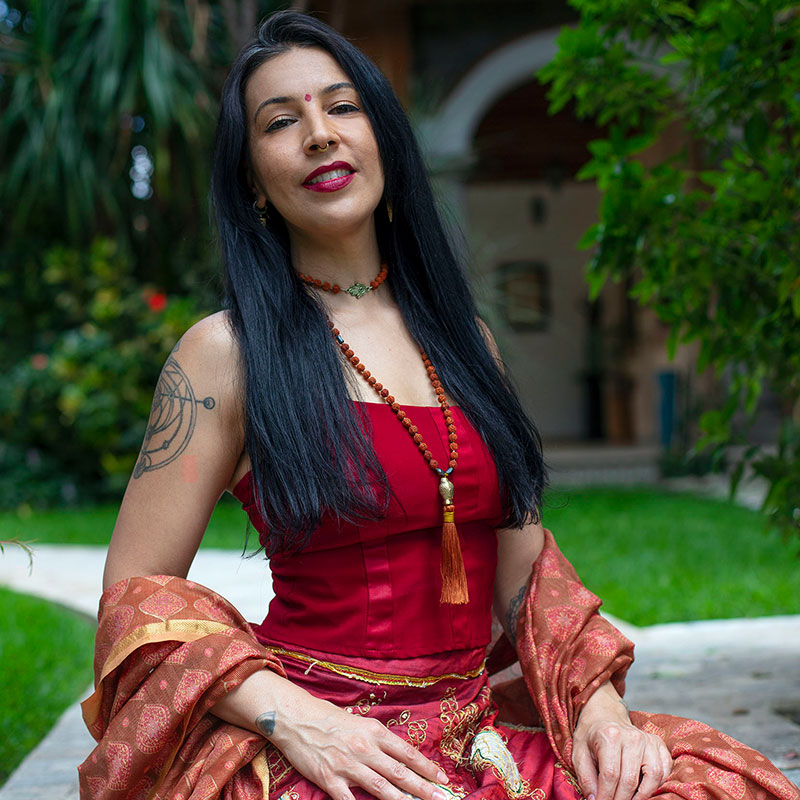
WHAT IS YOGA THERAPY?
The Pancha (5) Koshas (Sheaths) are the five increasingly subtle layers – visualize an onion or Russian dolls – that constitute the manifested human being, which move from the material body to the bliss body. Pancha Kosha Therapy addresses each layer in turn.
Yogini J’aime is honored to be able to provide a one-on-one holistic method of yoga therapy treatment that combines her knowledge in Yoga Psychology/Philosophy and Transpersonal/Humanistic Psychology.
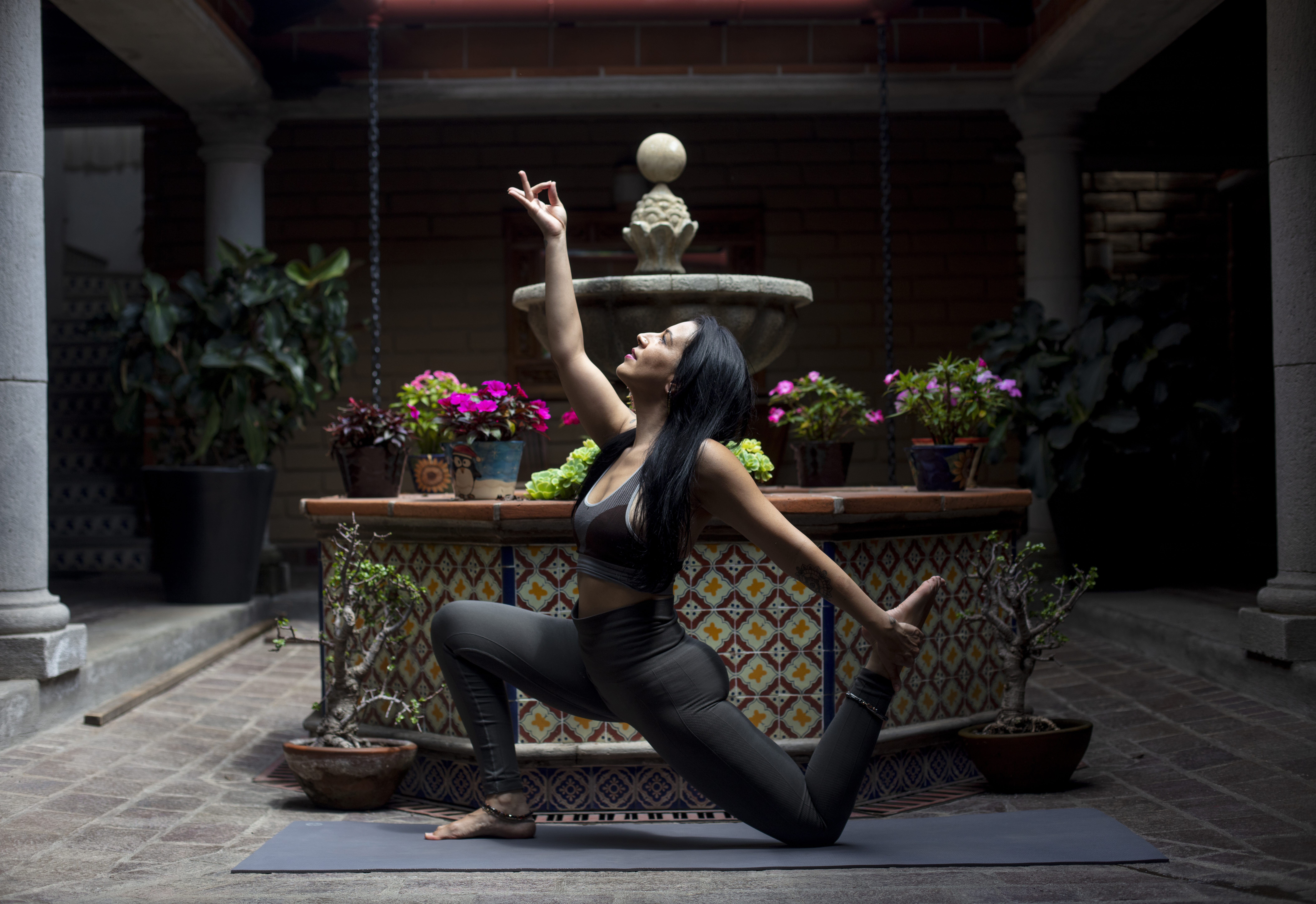
Annamaya Kosha –
The Physical Body
The first layer of consciousness is the Annamaya kosha, labeled as “foodstuff” because its origination is considered to be dependent upon outside material. The very body we inhabit is not separate from the circle of life, and is dependent upon other matter for its own existence. Human cells are constantly reproducing and dying off, cycling through their own birth and death patterns to make an entirely different physical form, fueled by the food and water that has been consumed. Therefore, the Annamaya kosha is labeled “foodstuff,” and is made of matter that has been consumed and repurposed as the cells of the body. The Ashtanga provides the method by which one may become sensitive to the goings on of one’s own body through the practice of Asana and interoceptive meditations, and a method by which one may construct a healthy and pure physical form through proper consuming habits.

Pranamaya Kosha –
The Energy Body
This is the subtle or energy body, which exists within the same space as the physical body. According to Yogic philosophy, the breath (Prana) is considered to be the essence of life itself, impervious to evil, the most important faculty, absolutely vital, and is directly associated with the great wind (Vayu) of the universe thereby linking the body of man with the body of the universe itself. The Prana that flows within the physical body is essentially the energetic force that gives life and the crossing point where the material form meets the subtler levels of consciousness, the bridge between mind and matter. This layer is addressed through the practices of pranayama, commonly known as breath control, and the philosophy of the chakra system.
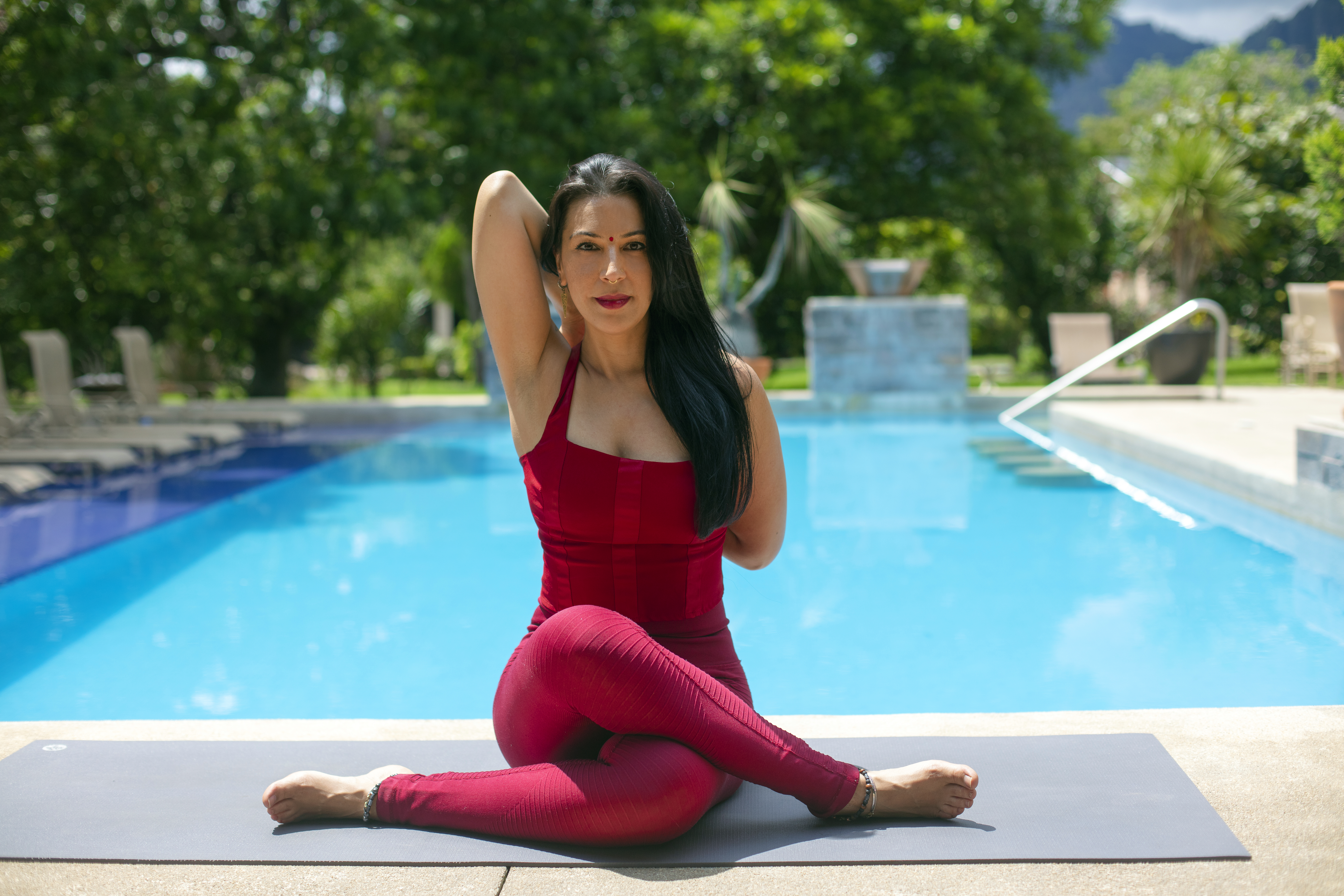
Manomaya Kosha –
The Mental Emotional Body
The third sheath is the bridge between the physical and the subtle because the brain itself is considered the seat of the mind: without brain function, there is no mind function. The brain is matter, but the mind is not. Therefore, this is the level at which the physical begins to dissipate and become purely subtle. Instruments and neuroscience cannot study the mind; only behavior, sensory reaction, and brain function are accessible to modern science. The mind must be studied by introspective meditation. Here is where Rajayoga practice essentially begins with its most integral goal and leads away from interoception into introspection with the second Yoga Sutra: Yogah cittavrtti nirodha. Yoga is the cessation of movements in the consciousness.
Vijñānamaya Kosha –
Intellectual / Wisdom body
The fourth layer in the kosha system is vijnanamaya, the intellectual / wisdom / intuitive sheath. “Vigyana is a Sanskrit word from the prefix vi, meaning special, and gyana, meaning knowledge or awareness, inner perception or experience…. Vijnana is a specific knowledge which is acquired by shraddha (faith), dharana (concentration), manyata (beliefs), and anubhuti (experience)” (Sahdev, 2015). This is the level of the personal unconscious mind or psyche, at a slightly subtler level the collective unconscious mind, and at the deepest level the Higher Self/Atman. This layer is accessed through more advanced levels of Rajayoga practice.
Anandamaya Kosha –
The Bliss Body
The Anandamaya kosha is the subtlest layer of consciousness, the layer directly veiling the atman, the pure Self. As such, it is associated with the state of samadhi, self-realization, and a state of ecstatic experience. This version of bliss is not just the emotionally joyful state normally associated with the word, but also a peaceful, compassionate, wholeness and excitement that one feels when finally attaining a long awaited and hard-won goal. It’s a resonance of awe and ecstatic release from delusion and separation. When one achieves ananda, one is finally able to differentiate from the illusion of the material world and the universal truth, and finally see things for how they really are.
